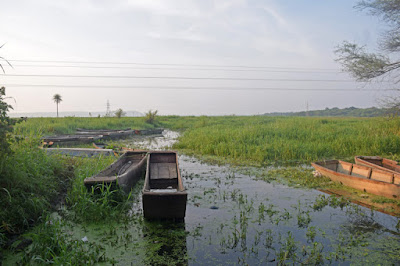Planted forests can tackle flood and erosion impacts along the Brahmaputra

by Nabarun Guha A mixed-tree species plantation in degraded areas in the Brahmaputra’s floodplains can address flood and erosion challenges, says a study. Since most of the river valleys are annually affected by intense flooding, promoting planted forests on degraded sandbars may help protect the flood plains from river erosion. Molai Kathoni, a forest created by Padma Shri recipient Jadav Payeng on the Majuli river island is a successful example of this kind of forest. Mixed-tree plantations can arrest flood and erosion impacts if engineering, bio-engineering and nature-based solutions approaches are combined. A new study that examined the plant diversity and carbon stock of 39-year-old human created forest, Molai Kathoni in Assam, and a natural forest of comparable age, shows that a mixed tree species plantation in Brahmaputra’s degraded floodplains can be a viable nature-based solution to address flood and erosion impacts. The Molai Kathoni ...


